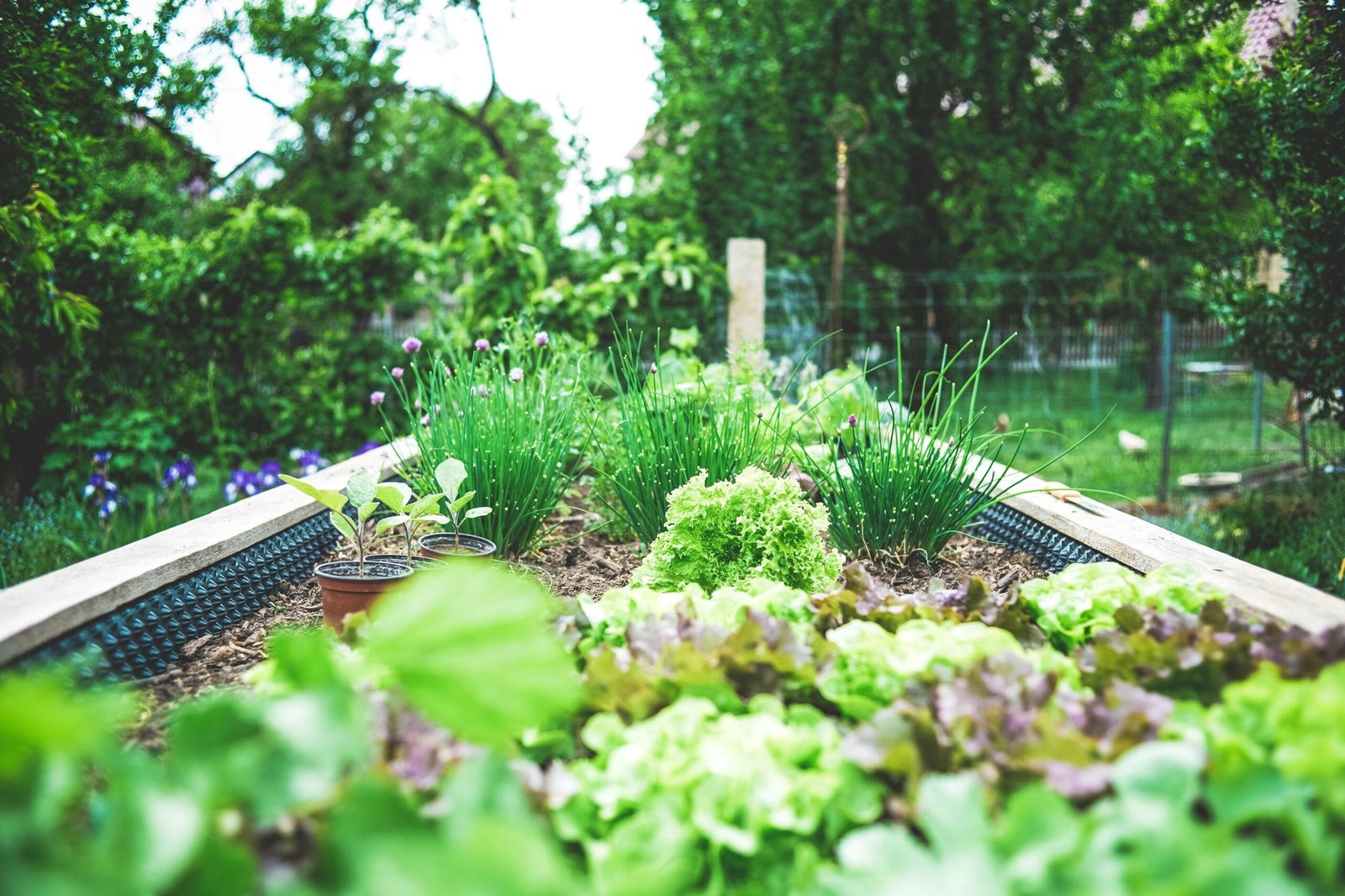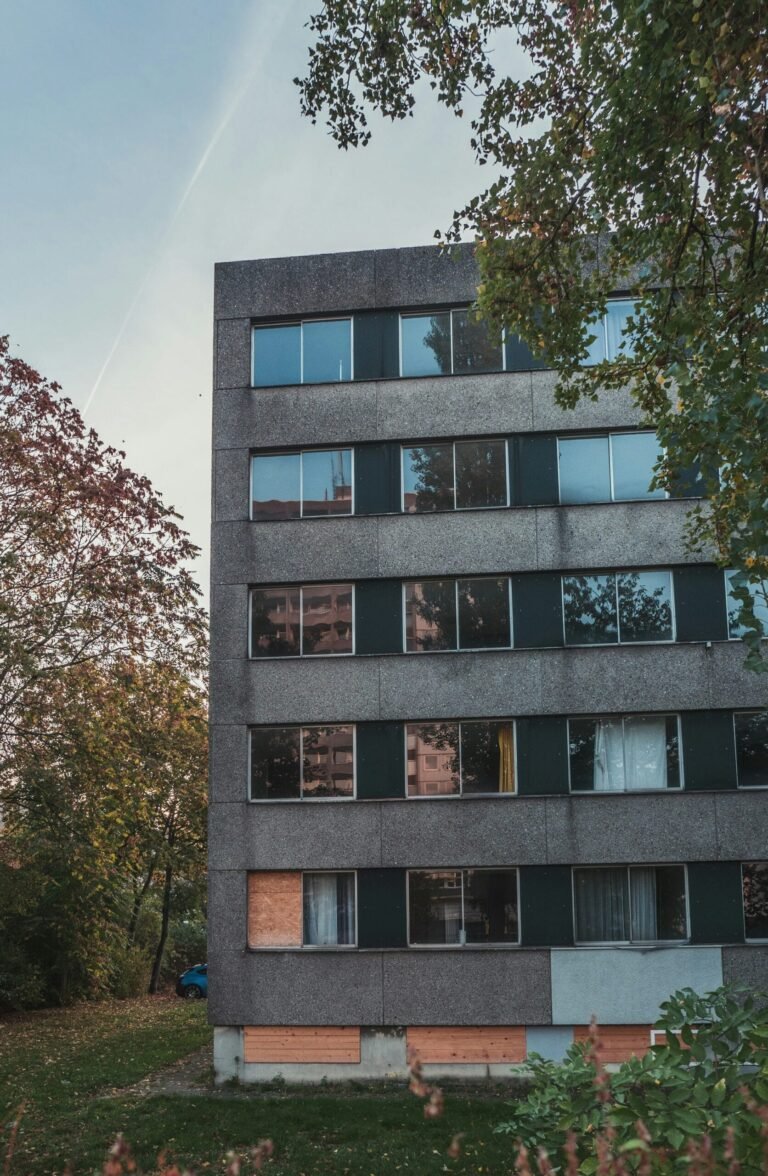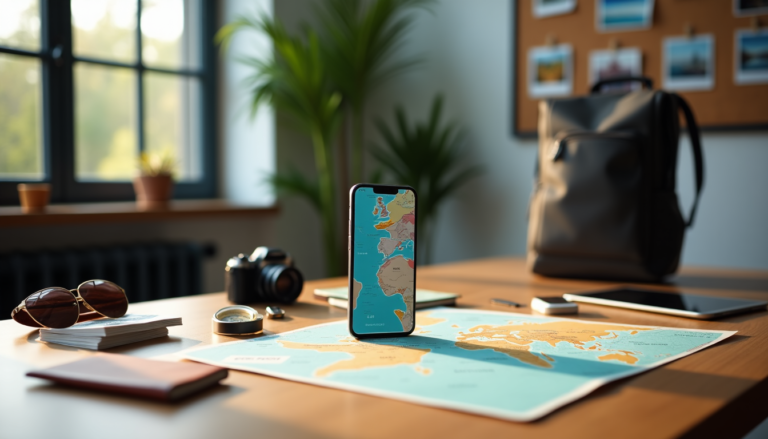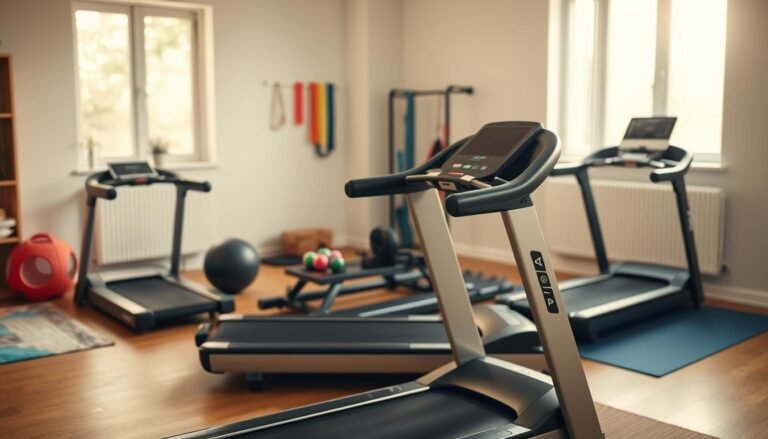Essential Urban Gardening Tips: A Beginner’s Guide
Discover the essentials of urban gardening in our comprehensive guide. Learn to cultivate plants in limited spaces, choose the right tools, and select sustainable practices to enhance your urban environment.
Urban Gardening: A Green Oasis in the City
Urban gardening is becoming more popular as cities grow. It lets people grow plants on balconies, patios, rooftops, and in community gardens. This is a great way to bring green spaces into our busy lives.
Urban gardens make cities look better by adding greenery. They also improve the air by removing pollutants. This is very important in crowded cities.
Urban gardening also helps the environment. It reduces the need for long-distance food transport. This supports local economies and helps people grow their own food.
It’s also good for our mental health. Caring for plants can make us feel better and less stressed. Green spaces offer a peaceful break from city life.
In short, urban gardening is key to solving many city problems. It makes our living spaces healthier and more sustainable for everyone.
Choosing the Right Space for Your Garden
Finding the right spot for your garden is very important. Cities often have little room for gardens, so you need to be creative. First, check how much sunlight your garden gets. Most plants need at least six hours of direct sunlight a day.
If your garden doesn’t get enough sunlight, choose plants that can handle shade. This way, your garden can thrive even in less sunny spots.
Having easy access to water is also key. Being close to a water source makes watering easier. For balcony or rooftop gardens, use watering cans or self-watering systems. In small yards, make sure your garden layout works with a hose or drip irrigation.
Don’t forget about wind. Strong winds can harm plants on balconies and rooftops. Use windbreaks like trellises or planters to protect your plants. Also, use vertical gardening to make the most of small spaces.
By considering sunlight, water, wind, and vertical space, you can find the perfect spot for your garden. This thoughtful planning will help your garden flourish and make your living space better.
Essential Tools and Supplies for Urban Gardening
Urban gardening is a great way to connect with nature, even in small spaces. To start, you need the right tools and supplies. Here’s a list of what you’ll need for a successful urban garden.
A good trowel is essential. It helps with digging, planting, and moving soil or plants. Sidewalks or patios can limit your space, making a trowel very important. You might also want a sturdy hand rake for preparing soil.
Pots are also a must. Choose pots that fit your plants’ needs, making sure they drain well. Terracotta pots are good because they breathe, while plastic is lighter and easier to move. Using different sizes and types can make your garden look great.
Choosing the Right Soil and Tools for Urban Gardening
Soil is key in urban gardening. Use a high-quality potting mix for containers. It gives plants the nutrients and drainage they need. Adding organic matter or compost boosts soil health and plant growth.
For eco-friendly gardening, choose organic fertilizers. These come from plants or animals and don’t harm the environment. They make your soil better without chemicals.
Don’t forget a good watering canister. It’s important for keeping plants healthy. Look for one with a strong handle and a spout for controlled pouring. This tool helps manage water well, preventing overwatering.
Choosing the Right Plants for Your Urban Garden
Choosing the right plants is key for urban gardening. Urban spaces have their own challenges, like less sunlight and small spaces. Pick plants that do well in these conditions and fit your gardening style.
Start with herbs like basil, mint, and parsley. They grow well in small spaces and need little care. They’re perfect for beginners and provide fresh ingredients all year.
For veggies, go for dwarf or bush varieties. They grow well in small areas. Cherry tomatoes, radishes, and lettuce are great choices. Know when to plant them, like in early spring or fall.
Flowers add beauty and attract pollinators. Choose marigolds, petunias, or zinnias for color. Group plants by their water and sunlight needs for better growth and less work.
Urban gardening is rewarding with the right plants. Focus on herbs, compact veggies, and colorful flowers. This way, you can create a beautiful garden in a small space.
Watering and Maintenance Tips
Watering and maintenance are key for a successful urban garden. Understand each plant’s water needs. Most like moist soil but avoid soggy conditions. Water deeply but not too often.
Use drip irrigation or self-watering pots for efficient watering. A watering can or hose with a spray nozzle works well too. Water in the morning or late afternoon to reduce evaporation. Mulch helps keep soil moist and controls weeds.
Maintenance is also important. Check for pests and diseases regularly. Use natural methods like beneficial insects or insecticidal soap for pests. Prevent diseases by improving air circulation and spacing plants well. Follow these tips for a healthy garden.
Maximizing Small Spaces with Vertical Gardening
Vertical gardening is a hit with city folks wanting to grow plants in tight spots. It uses walls and fences to grow plants without taking up ground space. This method makes gardens look good, helps the planet, and improves air quality.
Vertical gardening turns small areas into lush green spots. Wall planters let you grow herbs, veggies, or flowers right on walls. They come in many designs and materials, fitting any style or space.
Shelves are another great way to use space. Adding tiered shelves on balconies or windowsills makes multi-level gardens. This saves floor space and lets plants get enough sunlight.
Trellises are perfect for climbing plants like tomatoes and peas. They support plants to grow up, saving space. A trellis on a wall or fence lets you grow lots of plants without cluttering your space.
Vertical gardening is a creative way to garden in the city. With the right materials, anyone can make small spaces green and beautiful. It’s good for the environment and brings many benefits.
Creating a Sustainable Urban Garden
A sustainable urban garden starts with composting. It turns kitchen scraps and yard waste into rich soil. This makes plants healthier and reduces the need for chemical fertilizers.
Using native plants is another key to sustainability. They need less water and care, and help local wildlife. Choosing plants that fit your area’s climate and soil is best.
Water conservation is vital. Rainwater harvesting and drip irrigation systems save water. Mulching also helps plants use less water by keeping it moist.
Reducing waste is important too. Using recycled materials and biodegradable pots helps the environment. These habits make gardens better for people and the planet.
Case Studies
Successful Urban Gardens
Urban gardening is growing worldwide, with many success stories. These gardens show how to make the most of small spaces. They inspire others to garden in the city.
In Detroit, Michigan, the “Greening of Detroit” turned empty lots into gardens. They faced soil pollution, but used clean soil and permaculture. This effort brought fresh food and community together.
In Paris, France, the “Jardin d’Agronomie Tropicale” is a unique urban garden in a public park. It tackles biodiversity loss in cities. Gardeners use a variety of edible plants from tropical areas, adding to the garden’s diversity.
Workshops and tours help visitors learn about environmental sustainability and food systems. This shows that urban gardens can be both useful and educational.
In Singapore, the “Sky Greens” vertical farm shows how to use space well in cities. It uses a vertical system to grow plants, making the most of limited land. This approach also saves water and soil, and the farm sells local veggies, cutting down on carbon emissions.
These examples show how creative and resilient urban gardeners can be. They can create green spaces that improve their homes and the city.
FAQs
Urban gardening is fun and rewarding, but it raises many questions for beginners. Here are five common questions to help you start your urban gardening journey.
1. What are the best plants for shade in urban gardens?
Choosing the right plants for shade is key for gardeners with limited sunlight. Ferns, hostas, and astilbes do well in the shade. Leafy greens like spinach and lettuce also grow well in shade, giving you plenty to harvest.
2. How can I effectively deal with pests in my urban garden?
Managing pests is vital for a healthy garden. Start by attracting beneficial insects like ladybugs and lacewings. Use organic treatments like neem oil or insecticidal soap to control pests. Regularly check your plants to catch infestations early.
3. Where can I buy affordable gardening supplies?
For budget-friendly supplies, check local farmers’ markets, community gardens, or gardening cooperatives. Discount stores and online platforms also offer good deals. You can find second-hand items at thrift shops or through community groups.
4. What is the ideal soil for urban gardening?
A good urban garden starts with the right soil. A mix of potting soil, compost, and organic matter is best. It helps plants breathe and provides nutrients. Test your soil’s pH and nutrient levels to ensure it’s perfect for your plants.
5. How much water do urban gardens require?
Watering needs vary based on plants, climate, and soil. Aim for enough moisture without overwatering. Use a consistent watering schedule, check soil dryness, and mulch to retain moisture.
Dr. Maheen Khan is a Ph.D. holder in Psychology and an award-winning researcher with 15+ years of expertise in AI, health, finance, sustainability, and digital marketing. She blends in-depth research with real-world insights to deliver authoritative, engaging content.






